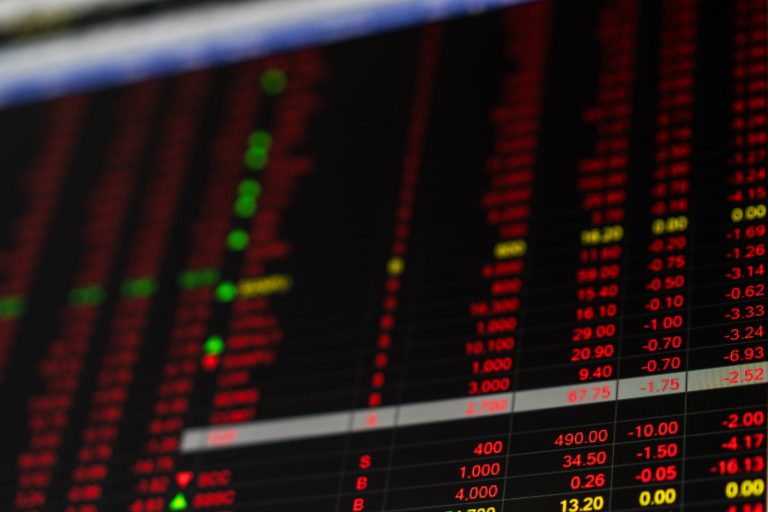Artificial intelligence continues to be the front and centre of all financial debates this year.
The AI frenzy, in fact, has turned Nvidia Corp (NASDAQ: NVDA) into somewhat of a benchmark against which the supremacy of any other stock’s performance is measured.
Still, there’s one stock, not even from the tech sector, that has outperformed NVDA in 2024. Enter Brinker International Inc (NYSE: EAT).
Brinker shares have more than tripled in 2024
Brinker is a multinational chain of restaurants that owns Chili’s and Maggiano’s Little Italy. Its share price is currently up a whopping 210% for the year – versus 181% for Nvidia stock.
“Who needs AI when you have baby back ribs?” analyst Jonathan Krinsky of BTIG wrote in his research note this week.
Brinker stock is on track to mark 2024 as its best year ever. In fact, if this Dallas headquartered firm were a component of the S&P 500, its stock would have been behind only two other names on the list of best year-to-date performers.
And who’s to say EAT wouldn’t top those two (Vistra and Palantir) as well by the end of this year.
Is there any further upside left in Brinker stock?
Brinker stock continues to climb this year on the back of strong financials.
The restaurant chain earned 95 cents a share on $1.14 billion in revenue in its latest reported quarter.
Analysts, in comparison, had called for 69 cents per share and $1.10 billion instead.
At the time, EAT raised its full-year guidance as well to $4.73 billion in revenue – also ahead of Street estimates.
Still, BTIG analyst Jonathan Krinsky says it’s time to take profits and pull out of Brinker stock that’s now about 90% above its 200-day moving average.
“We would look to start fading this strength, and rotating into other restaurants that have more timely setups here,” he told clients in a recent note.
One of the names he recommends owning in place of EAT is Darden Restaurants Inc (NYSE: DRI).
Darden stock could gain 12% from here
BTIG see upside in Darden Restaurants to $195 that indicates potential for about a 12% gain from current levels.
The investment firm expects DRI to benefit from closure of competing Red Lobster restaurants.
Increased advertising and favourable comparisons will help unlock further upside for this stock as well, it argues.
Other reasons cited for the bullish view include strategic promotions like the Never Ending Pasta.
All in all, BTIG sees Darden stock as undervalued considering its consistent performance as well as the growth prospects.
Finally, Daren shares are worth owning particularly if you’re interested in a new source of passive income.
They currently pay a healthy dividend yield of 3.20% that makes them well-positioned for a potential economic slowdown as well.
The post This under-the-radar restaurant stock has outperformed Nvidia in 2024 appeared first on Invezz










